Surviving Cancer: A Journey of Faith and Resilience
The Metropolitan Museum of Art is the “”””””””””””””””heart of art”””””””””””””””” in New York City. It houses 2 million works of art, historical artifacts from many centuries and different regions, including masterpieces by artists like Claude Monet, Vincent Van Gogh, precious objects from ancient Greece, and a unique art collection from Asia.
Highlighting the northern wing of the Metropolitan Museum is a remarkable silk painting by 14th-century Japanese painters, titled: “”””””””””””””””Parinirvana””””””””””””””””.
This 188cm-long silk painting depicts the scene of the Buddha surrounded by disciples in a forest in Kushinagar, Uttar Pradesh, in Eastern India. The Buddha appears in the center of the painting, having just entered Parinirvana in a reclining position on the right.

Within the painting, many beings witness the scene of the Buddha’s final journey, and they all express various levels of sorrow. Queen Maya, the biological mother of the Buddha who passed away after giving birth to him, also appears in the painting, seemingly weeping from the clouds above. Over 30 animals lie prostrate on the ground. More than half of the trees in the painting have withered.
The painting portrays a scene drenched in melancholy, but that’s not all. Upon close examination, the experts at the Metropolitan Museum discovered two figures in the painting who do not display any suffering during the scene of Parinirvana, they are the Buddha and Bodhisattva Jizo.


The face of the Buddha during his Parinirvana, as well as during his earthly life, is incredibly calm. This is because he had attained absolute enlightenment – the highest ideal state of spiritual practice, free from all desires, suffering, and attachments in life. Bodhisattva Jizo, a highly revered deity in Japan, also displays unexpected tranquility. In the painting, he holds a jewel in his hand, with closed eyes and a serene countenance.
“”””””””””””””””On the day Jizo understood that the Buddha’s entry into Parinirvana was not a sorrowful event, but rather, it was an attainment.”””””””””””””””” – Aaron Rio, Japanese art expert at the Metropolitan Museum, stated.
The Metropolitan Museum’s description of the painting makes it clear that the suffering on the faces of those witnessing the Buddha’s Parinirvana reflects their incomplete enlightenment. This is why the Bodhisattvas in the left corner of the painting also appear sorrowful but more serene and dignified than the other beings. The contrast between the emotions of suffering and serenity creates a highly dramatic yet philosophically rich composition in this artwork.
Close-Up Details of the “”””Parinirvana”””” Painting:
The Metropolitan Museum of Art is the “”””””””””””””””heart of art”””””””””””””””” in New York City. It houses 2 million works of art, historical artifacts from many centuries and different regions, including masterpieces by artists like Claude Monet, Vincent Van Gogh, precious objects from ancient Greece, and a unique art collection from Asia.
Highlighting the northern wing of the Metropolitan Museum is a remarkable silk painting by 14th-century Japanese painters, titled: “”””””””””””””””Parinirvana””””””””””””””””.
This 188cm-long silk painting depicts the scene of the Buddha surrounded by disciples in a forest in Kushinagar, Uttar Pradesh, in Eastern India. The Buddha appears in the center of the painting, having just entered Parinirvana in a reclining position on the right.

Within the painting, many beings witness the scene of the Buddha’s final journey, and they all express various levels of sorrow. Queen Maya, the biological mother of the Buddha who passed away after giving birth to him, also appears in the painting, seemingly weeping from the clouds above. Over 30 animals lie prostrate on the ground. More than half of the trees in the painting have withered.
The painting portrays a scene drenched in melancholy, but that’s not all. Upon close examination, the experts at the Metropolitan Museum discovered two figures in the painting who do not display any suffering during the scene of Parinirvana, they are the Buddha and Bodhisattva Jizo.


The face of the Buddha during his Parinirvana, as well as during his earthly life, is incredibly calm. This is because he had attained absolute enlightenment – the highest ideal state of spiritual practice, free from all desires, suffering, and attachments in life. Bodhisattva Jizo, a highly revered deity in Japan, also displays unexpected tranquility. In the painting, he holds a jewel in his hand, with closed eyes and a serene countenance.
“”””””””””””””””On the day Jizo understood that the Buddha’s entry into Parinirvana was not a sorrowful event, but rather, it was an attainment.”””””””””””””””” – Aaron Rio, Japanese art expert at the Metropolitan Museum, stated.
The Metropolitan Museum’s description of the painting makes it clear that the suffering on the faces of those witnessing the Buddha’s Parinirvana reflects their incomplete enlightenment. This is why the Bodhisattvas in the left corner of the painting also appear sorrowful but more serene and dignified than the other beings. The contrast between the emotions of suffering and serenity creates a highly dramatic yet philosophically rich composition in this artwork.
Close-Up Details of the “”””Parinirvana”””” Painting:
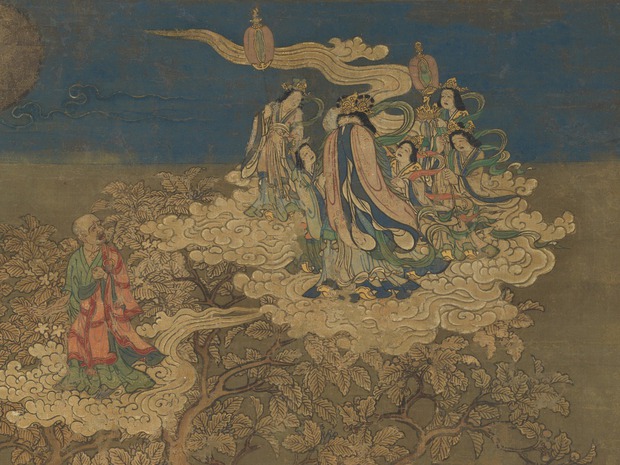
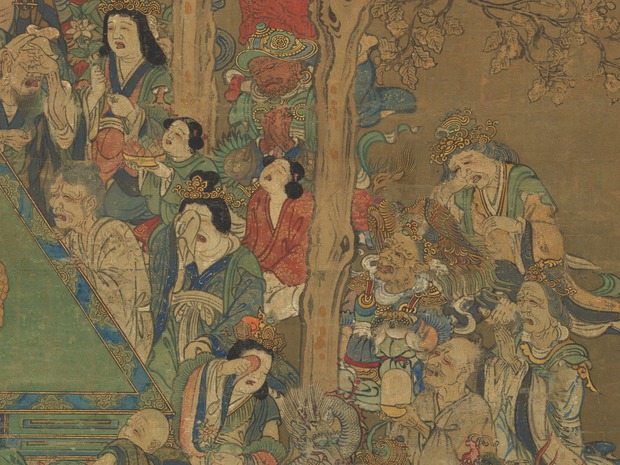
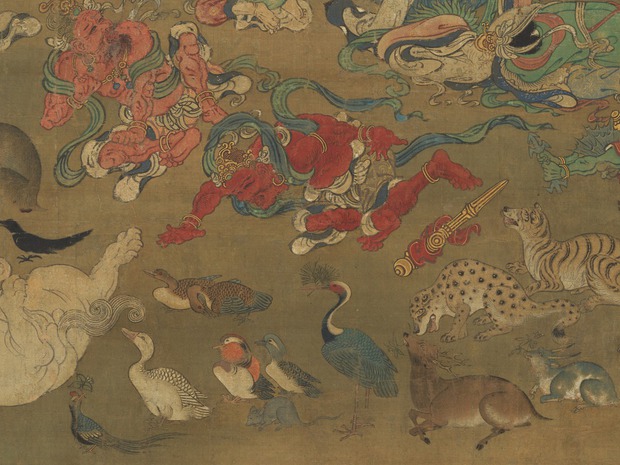
Sản phẩm bạn có thể quan tâm
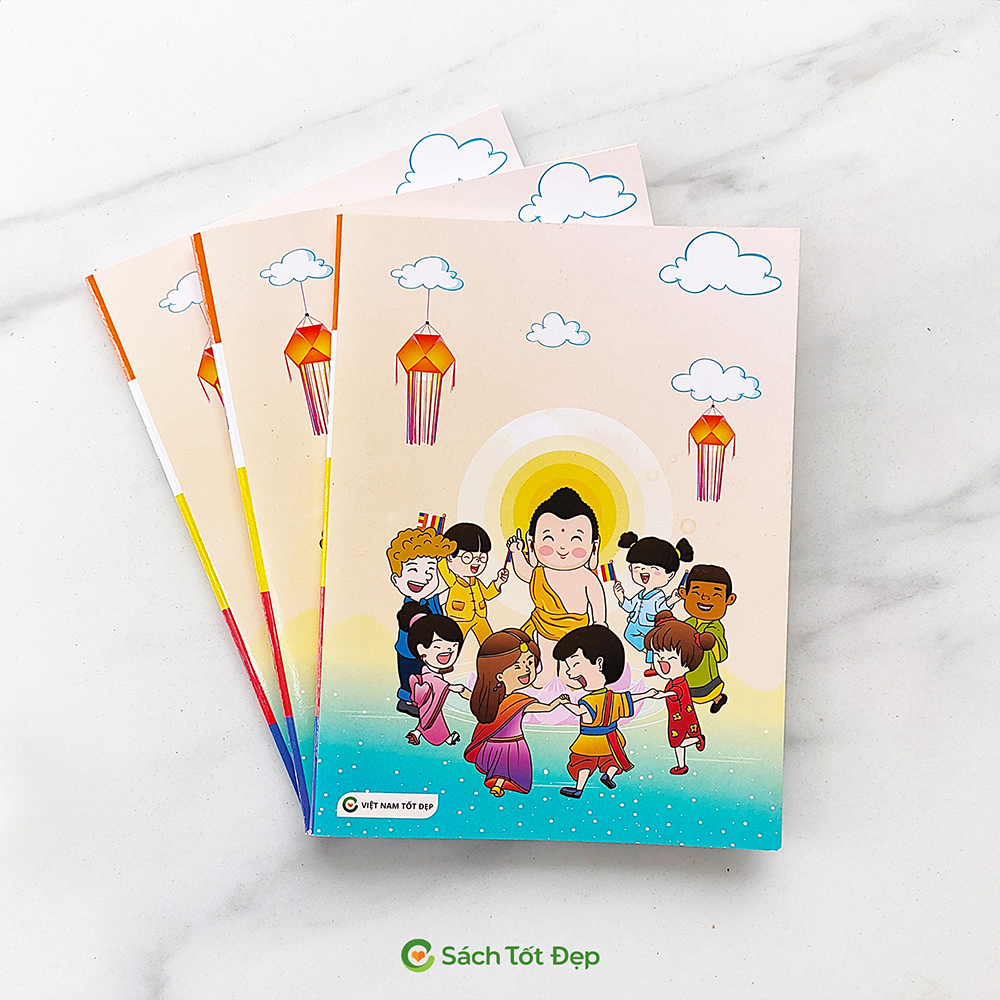
Tot Dep Notebook 96-pages
Warning: Undefined array key 0 in /home/totdepc/public_html/sach/wp-content/themes/totdepbookstore/single.php on line 357
Warning: Attempt to read property "name" on null in /home/totdepc/public_html/sach/wp-content/themes/totdepbookstore/single.php on line 357
8.000đ

Let’s play with Sen Sun: Mid-Autumn Festival
Coloring book
30.000đ

Wisdom Combo: 5 books + 3 special gifts
Coloring book
280.000đ
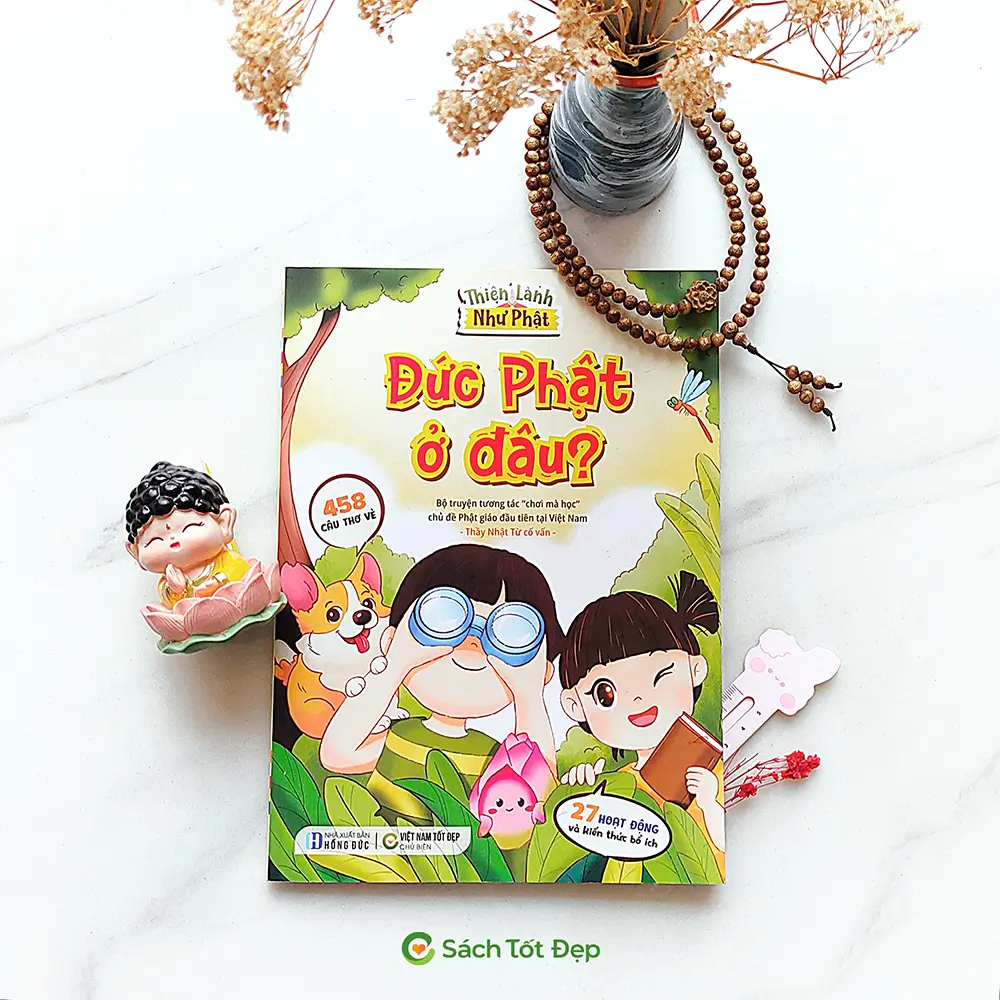
Buddha’s Little Explorers: Where is Buddha?
Interactive book
59.000đ





